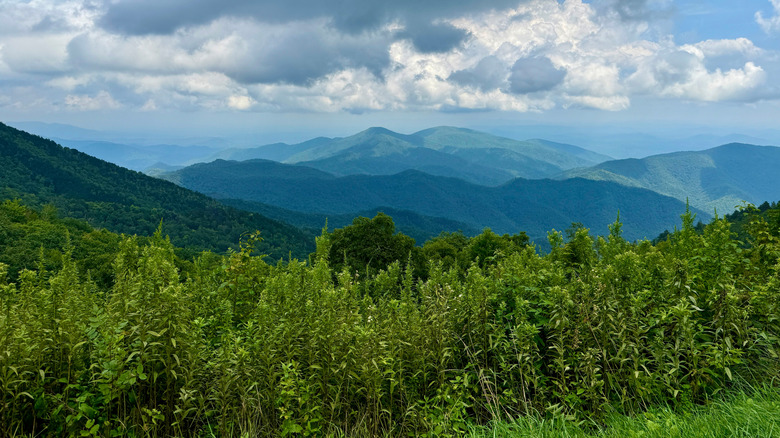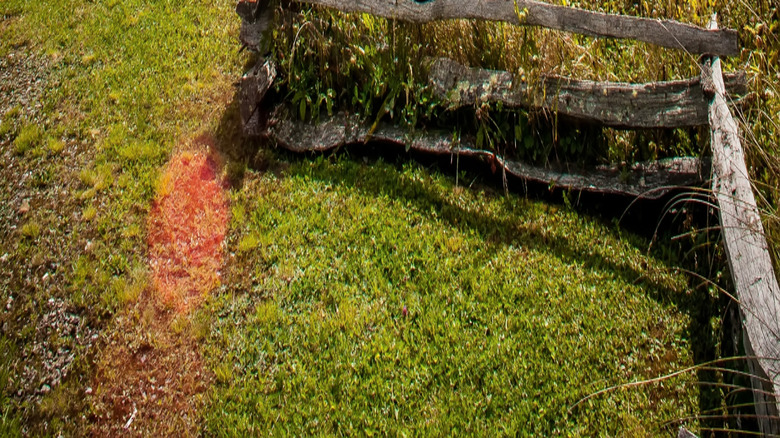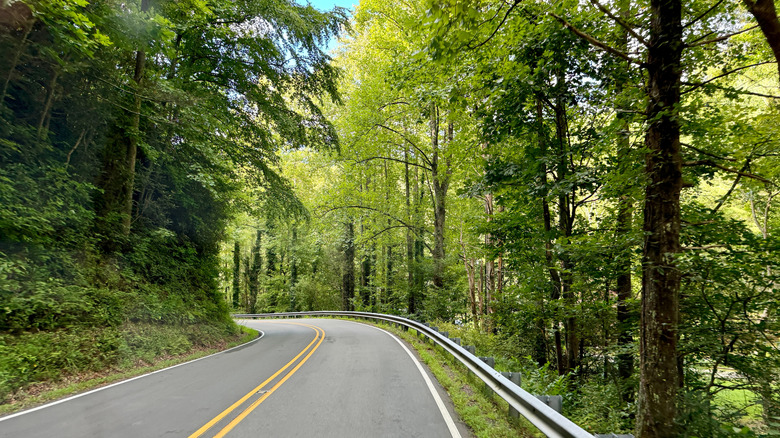Within the Blue Ridge Mountains, you’ll find some of the most breathtaking and lively mountain towns across America. Among these towns, located just 35 miles from Asheville up in North Carolina’s Yancey County, lies Burnsville. Burnsville isn’t just Asheville’s less famous neighbor — it’s a premiere hiking destination with a vibrant arts community.
A trip to Burnsville has no shortage of outdoor excitement, from venturing through massive, 6,000-foot-tall mountain peaks to discovering 70-foot-tall waterfalls. Known as the hiking capital of Western North Carolina, this town puts roughly 100 miles of public trails right at visitors’ fingertips. There’s no shortage of culture here either, with a quaint downtown hosting a rich arts scene. To get here, you can either fly into Asheville Regional Airport, which is under an hour away, or Charlotte Douglas International Airport, which requires a two-hour drive. Alternatively, it’s an excellent addition for a perfect U.S. road trip, as it’s within driving distance of many major cities.
See Burnsville’s mountains, waterfalls, and hiking trails
Nestled into the Blue Ridge Mountains, Burnsville’s landscapes will make you want to spend as much time as possible outdoors. With trails leading to the highest points in the East and peaceful mountain streams, the town is a haven for nature lovers. Advanced hikers will enjoy adventures like the challenging Black Mountain Crest Trail (it’s fondly referred to as the death march by locals, but don’t let that scare you). Meanwhile, those looking for a slower pace will have plenty of options as well, like an easy mile-long roundtrip hike to gorgeous Roaring Fork Falls. Keep in mind that the area is currently still recovering from Hurricane Helene, and some trails may remain closed. Check U.S. Forest Service and North Carolina State Parks websites for updates before planning your trip.
Beyond hiking, Burnsville is home to a number of other outdoor activities. Get out on the water with some rafting and tubing, or visit the Bare Dark Sky Observatory, where you can see the Southeast’s largest public telescopes.




